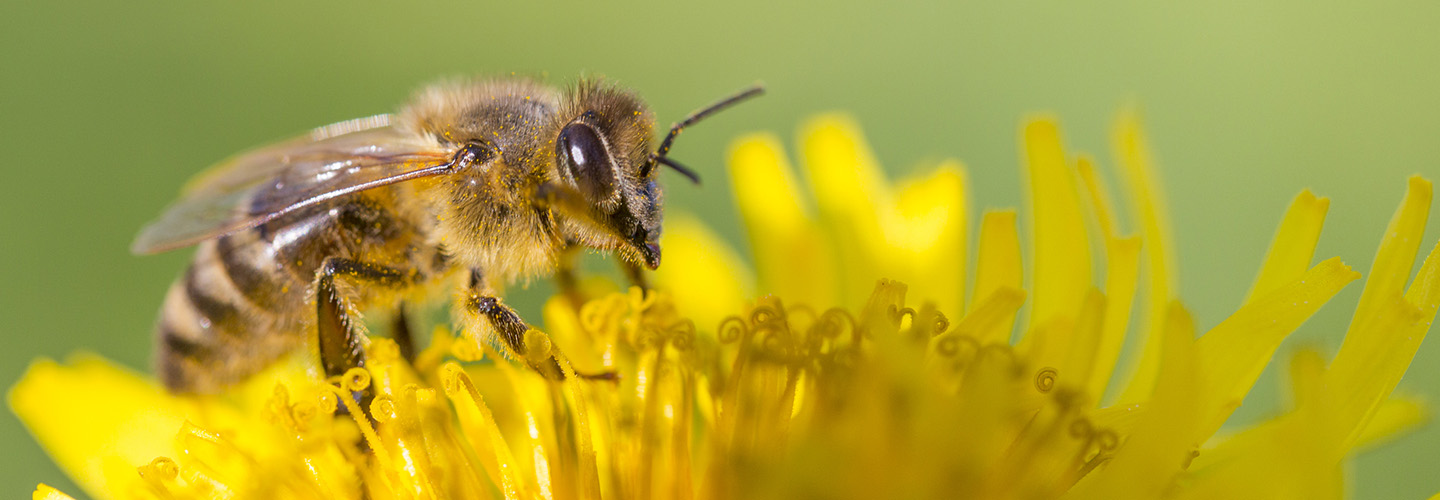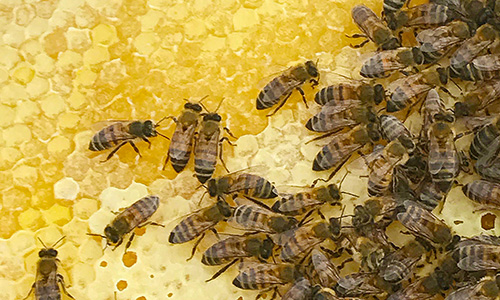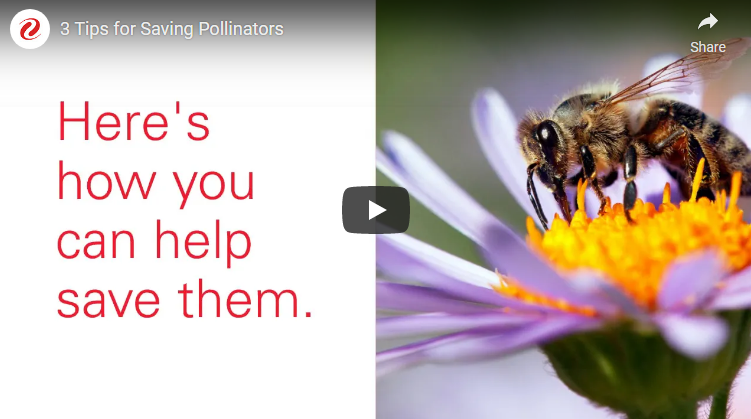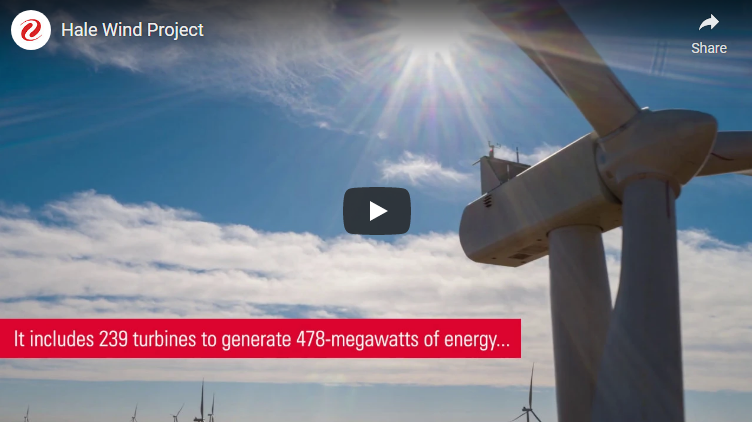The buzz around Hale Wind Project
Xcel Energy’s conservation values seen in action during successful honeybee transport

Our first choice is to coexist with wildlife. When that’s not possible, we are beholden to seek out a harmonious new home for birds of prey, deer, foxes, honeybees or any number of species. Xcel Energy’s Brian Hudson, a staff engineer working on the Hale Wind Project in Texas, hired a wildlife expert to transport two honeybee hives from the Hale site.
The beauty of the Texas South Plains in early August is unmatched. Imagine benign breeze rolling over green seas of corn, cotton and sorghum under breathtaking sunrises and sunsets. But a 97-degree day can make the still air inside any abandoned, dilapidated midcentury homestead unbearable.
For Ethan Kelley, a wildlife manager with Lubbock-based Bug Tech, the ramshackle house parked in the way of Hale Wind Project’s 14-mile, 230-kilovolt transmission line was nearly unbearable.
“The best time to collect bees is morning or evening,” Kelley said. “This was the heat of the day and it was miserable.”
Inside the house, staring at the cracked, grubby walls of the living room, Kelley surmised the situation. The house needed to come down and he was the man to save the honeybees. A transmission line was to suspend right over this spot, connecting power from Hale’s 239 wind turbines and 478 megawatts of economic, clean electricity to roughly 184,000 upright, well-kempt homes. Even with noble intentions, Kelley knew his actions would soon bring the soft hum coming from behind the living room wall to a full-on buzz panic.

But Kelley knows his stuff after four years in the business.
- The color of your clothing is important dark colors incite aggression in bees
- The composition of the material also matters. Don’t wear a fur hat, for instance, because it makes bees think a potential predator is nearby.
- In fact, avoid leather, fur and, for some unspecified reason, wool.
“Removing the hives from the house was tricky,” said Kelley, who opted for the full cotton/poly head-to-toe bee suit. “I cut out the wall section as much as I could. I was able to cut out two 16-inch wall stud sections, so 32-inches of honeycomb. I saved as much as I could.”
Kelley located the queen, scooped her into a vial and gently placed her in a vented bee box.
“You need one box for each queen,” Kelley explained. “These two hives were about 15 feet apart in the living room.”
Loyal bees predictably follow their queen into the proper box, but it’s never guaranteed. This day, the queens’ chemical markers lured the devoted bees into the temporary freight.
Kelley delivered the swarms to safety at an apiary outside Fluvanna, Texas, southeast of Lubbock.
A core value of Xcel Energy is to ensure our company protects wildlife and natural habitats. Carefully selected wind turbine sites are part of the equation, as is working with specialized wind project developers, the U.S. Fish and Wildlife Service, and state wildlife and natural resource agencies. The company has first-of-kind pledges to care for wildlife throughout its territories.
See how the Xcel Energy Pollinator Initiative continues to bloom.
The Hale Wind Project is just one of many examples of how Xcel Energy upholds its pledge to protect wildlife and the environment. After the completion of a wind farm, the company continues to perform studies and monitor the site to confirm operations are not impacting birds and other wildlife populations.
Hale Wind Project Updates
The Hale Wind Project is part of Xcel Energy’s ambitious carbon vision detailing the path to serving customers with 100 percent carbon-free electricity by 2050, and to reducing carbon emissions 80 percent by 2030. View our bold Carbon Reduction Plan.
Check out construction on the Hale Wind Project below.
The Pollinator Connection
Energy corridors are managed by Xcel Energy to attract and sustain millions of native wild bees, butterflies, beetles and other pollinating animals to ensure the reproduction of over 75 percent of all flowering plants. The restored native prairie, meadow and shrub habitats provide food and shelter for a wide variety of birds, insects and other wildlife.
Xcel Energy and the contractors we employ do not use chemicals that are harmful to beneficial insects. This includes not using neonicotinoids, which is of special concern to people working to improve bee populations.
How You Can Help
Xcel Energy continues to look for opportunities to improve pollinator habitat on the lands that we manage. You too can help by avoiding the use of chemicals that are harmful to beneficial insects and by promoting native flowering plant growth in your landscape.




